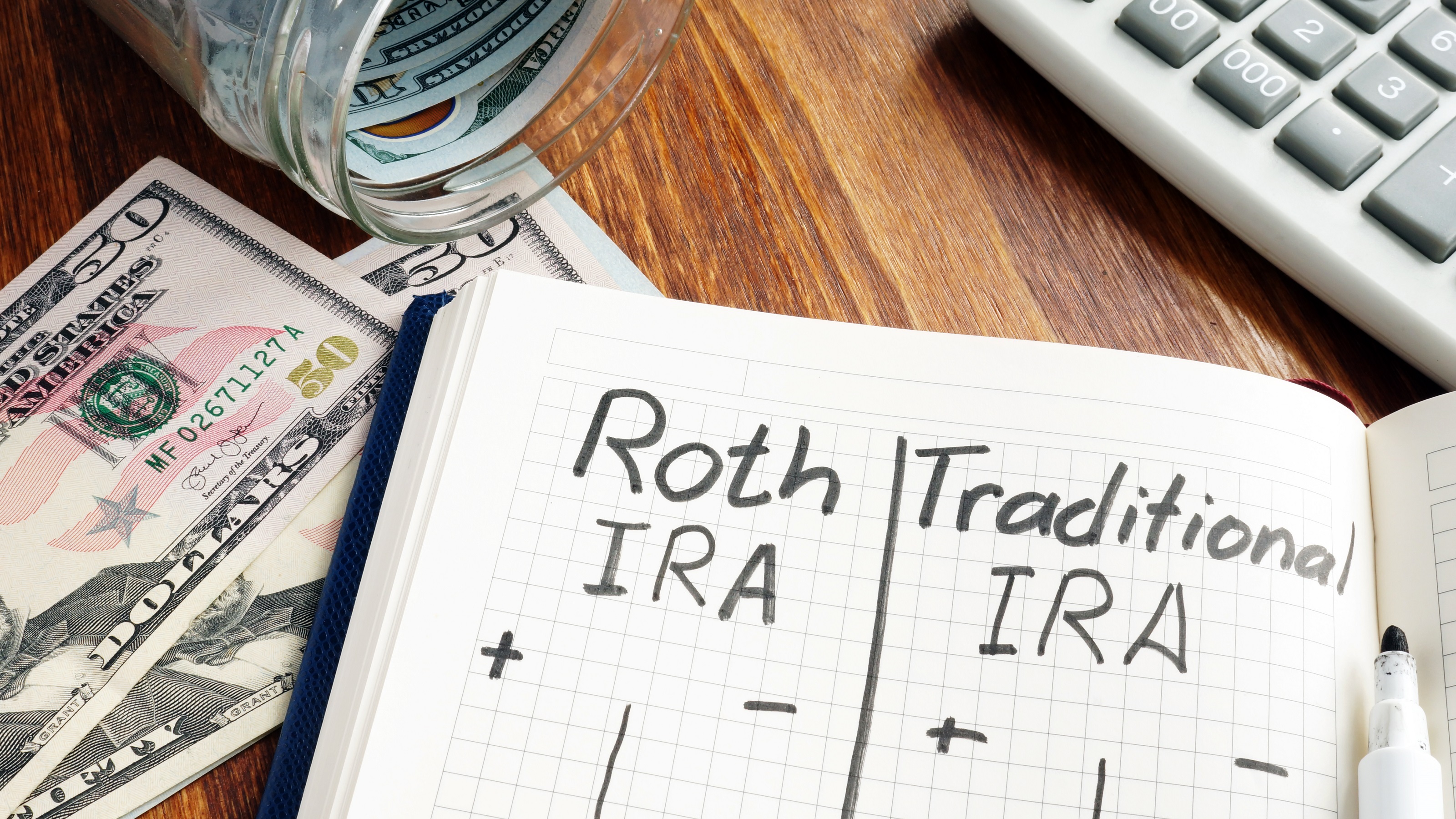
More people than ever are choosing to retire early, kick their feet up and enjoy their golden years. One in eight workers hopes to retire before they turn 61. However, that requires building a comfortable financial situation to survive 20, 30 or even 40 years of retirement.
That’s why choosing the right type of retirement strategy is vital to setting yourself up for financial success in your golden years. One of the biggest complaints I hear from retirees is that their taxes are too high. Tax expenses don’t end when you retire, but proper planning can help minimize your tax burden when you’re ready to use your money. Whether it’s an employer-sponsored 401(k) plan or an IRA, the choice between a traditional and Roth retirement plan requires a thoughtful approach.
It’s important to take a holistic view of your retirement fund throughout your whole life for efficient financial planning. Your ultimate goal: Maximizing your retirement fund while paying only the taxes you should owe.
Subscribe to Kiplinger’s Personal Finance
Be a smarter, better informed investor.
Save up to 74%
Sign up for Kiplinger’s Free E-Newsletters
Profit and prosper with the best of expert advice on investing, taxes, retirement, personal finance and more – straight to your e-mail.
Profit and prosper with the best of expert advice – straight to your e-mail.
How can you minimize taxes in retirement?
There is one clear difference between Roth IRAs and Roth 401(k)s and traditional IRAs and 401(k)s: when you pay taxes on your contributions. Traditional retirement savings plans are tax-deferred, meaning any contribution you make will be tax-free — until retirement. Once the retiree starts withdrawing money, they must pay taxes on every dollar of that money. In addition, traditional accounts have required minimum distributions (RMDs), forcing you to make a minimum annual withdrawal based on how much money is in the account. This increases your taxable income.
The starting age for RMDs keeps rising — it rose from the original age of 70½ to age 72 five years ago, then to the current age of 73 and finally will creep up to age 75 in 2033 — but just know that the day will come that you’ll have to pay the piper.
Compare that with a Roth account, where contributions are taxed when they are made. While you don’t get an immediate tax break, when the money is ready to be used in retirement, it will be available to you 100% tax-free. Plus, Roth accounts don’t have RMDs.
The benefit of pre-tax contributions in traditional accounts is they lower your taxable income in the year you make them. Common wisdom used to tell workers to take advantage of pre-tax contributions. However, by delaying the tax bill until retirement, many retirees are spending more tax dollars later in life after seeing their account values grow.
So, paying taxes on Roth contributions today can lead to a smaller lifetime tax bill than you would have if you deferred taxes until retirement by contributing to a traditional account.
The big picture
It’s easy to view a tax bill on an individual year-by-year basis. However, our goal should be to pay no more taxes than necessary over our lifetime. Unless Congress takes action, the Tax Cuts and Jobs Act will sunset at the end of 2025, which could lead to tax increases for many Americans. Regardless of whether it is extended, most financial professionals expect taxes to increase in the future.
People often consider only which tax brackets they might be in at retirement rather than considering what their overall tax bill will be. Good planning should be based on what we know today: We invest to grow our account balances. Regardless of the tax bracket, higher account balances in tax-deferred accounts will lead to more taxes in retirement.
Diversifying your retirement accounts today could be an important tool for determining how those assets are held and used in retirement. One example is Roth 401(k)s, which are increasingly offered as part of employee benefit packages. They provide benefits beyond just not having RMDs and not having to pay taxes on distributions. They also give you a pool of retirement money you can draw from in emergencies without adding to your taxable income.
However, although 80% of employer-sponsored retirement plans offer a Roth option, only 17% of Americans took advantage of them, opting instead for a traditional account. Many employers offer a pre-tax match on 401(k) contributions up to a specified percentage, and employees who contribute to a Roth also can receive the match (because it is pre-tax, it would go into a traditional 401(k) account).
For many, contributing more heavily to Roth accounts can lead to a lower lifetime tax bill than sticking only to traditional 401(k)s and IRAs. Rarely do retirees complain about having too much tax-free money. Depending on your unique situation and your employer match, it may make sense to contribute to a traditional retirement account, its Roth counterpart, or both.
There can be benefits to diversifying your assets with both types of retirement accounts. The decision requires a detailed look at your financial situation. When choosing how to approach Roth and traditional accounts in your retirement strategy, work with a financial adviser who is familiar with your individual financial picture and goals.
Related Content
This article was written by and presents the views of our contributing adviser, not the Kiplinger editorial staff. You can check adviser records with the SEC or with FINRA.










